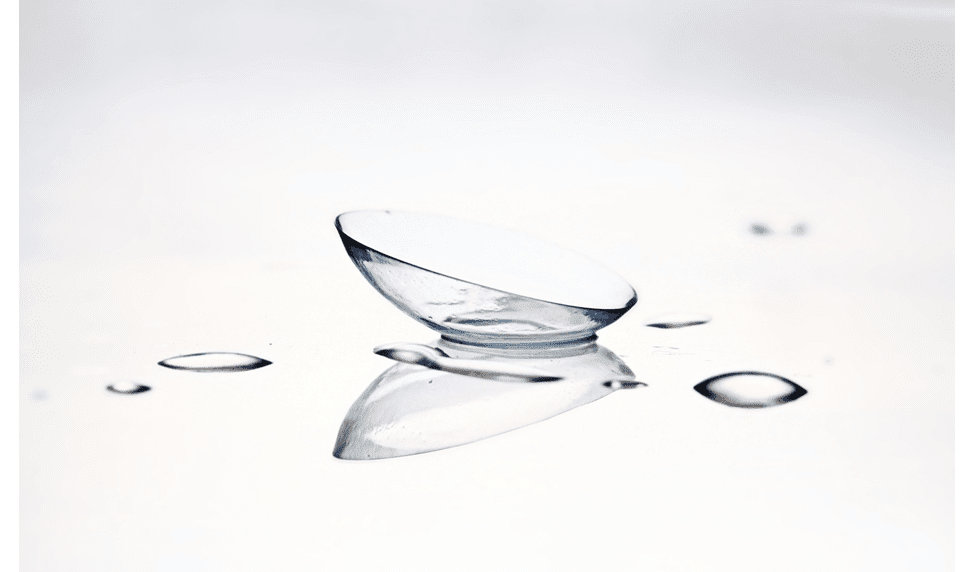
Wearing glasses every day is frustrating. They constantly fog up and need to be cleaned. They slip down your nose and have to be adjusted frequently.
Fortunately, we live in a world now where there is an alternative to glasses, contact lenses. While these medical devices have been around for many years, they haven’t always been an option available to everyone.
Today, lenses are manufactured that can be used by people with a wide variety of circumstances.
Read on to learn more about the different types of contact lenses and find out which one may be right for you.
Types of Contact Lenses:
Companies like Perfect Lens in Canada sell contact lenses to consumers to treat conditions like myopia, astigmatism, and more. The lenses differ in material, length of wear, and shape.
Soft Lenses:
Soft lenses are probably what you think of today when you hear contacts, but in the past, they were made from hard plastic. The soft lenses we have now are made from hydrogels that are very thin and pliable. This pliability is important because it allows the lens to shape itself around your eye.
You can always check out the various types of soft contact lenses at contactlenses co uk. They have an excellent collection in various shades and colour options and at an attractive price point.
Hydrogel lenses were first introduced in the seventies and grew in popularity as a comfortable alternative to hard lenses.
Silicone Hydrogel Lenses:
Silicone hydrogel lenses are more porous than their traditional hydrogel counterparts. This allows more oxygen to get into your eyes preventing dryness and irritation. Today these lenses are the most popular kind that is prescribed in America.
Gas Permeable Lenses:
Gas permeable lenses are a type of hard lens that allows oxygen to pass through it. They can fit closer to your eye than a traditional PMMA hard lens which makes them more comfortable.
One benefit of gas permeable lenses over soft lenses is the fact that they can provide sharper vision than silicone hydrogel contacts. This is especially true for people with astigmatism.
Hybrid Contact Lenses:
If you want the best of both worlds with comfort and crystal clear optics then you may want to consider hybrid lenses. They have a rigid center that provides steady vision correction and this center is surrounded by a skirt of the hydrogel.
While these lenses are great, they aren’t very popular because of their cost and difficulty to fit.
PMMA Lenses:
PMMA lenses are the term for hard contact lenses. They are made from a rigid plastic called polymethyl methacrylate, which is what PMMA stands for.
PMMA is the same plastic that is used in shatterproof windows and is often sold under the trademarked name Plexiglas. Although they do a great job at improving your vision, these contacts do not allow oxygen to get to your eye and can be uncomfortable for many wearers.
Toric Contact Lenses:
Toric contact lenses are used for correcting astigmatism. Instead of being shaped like a normal lens, these have a football-like shape and conform to your eye to sharpen vision.
Length of Wear:
It used to be that all contacts had to be taken out every night and cleaned. But these days, there are extended wear options that allow people to sleep in their contacts safely.
If you are interested in continuous wear contacts, then you should know that they have been associated with an increased risk for eye infection. This is because your contacts aren’t being disinfected every night and allergens and toxins can build up around them.
Contacts also vary in the length of time you can wear them before they expire. Most contacts will be two to three-week wear and require you to take them out at night.
But, some people opt for daily contacts that have to constantly be replaced to provide the healthiest option for their eyes.
Additional Contact Lens Design Options:
While we have covered the basic types of lenses out there, there are still a lot of additional options you will have to choose from. Learn more below.
Multifocal:
Multifocal contact lenses are fitted with two different prescriptions so that you can see one way when you are reading, and another way for distance.
They are very similar to multifocal glasses in this way. Now you won’t have to carry a pair of reading glasses around with you if you’re over forty and wear contacts.
Cosmetic Contacts:
Similar to cosmetic procedures, cosmetic contacts can dramatically change your appearance. If you are looking for a great way to revamp your look, then you should consider trying color contacts.
There are a ton of different options out there. Everything from the traditional eye colors of blue, green, and brown, all the way to more intense colors like white, red, and purple.
Dry Eyes:
If you have a severe problem with the dry eye, then you should definitely get a contact lens that helps with it. There are certain soft lenses on the market that are specifically designed for this purpose.
UV-Inhibiting Lens:
If you have cataracts or other eye problems, then it is especially important that you protect your eyes from the harsh rays of the sun. Consider purchasing UV-inhibiting lenses to help lessen the sun’s damage.
It is important to note that just because you wear UV-inhibiting lenses, doesn’t mean that you won’t need to wear sunglasses. These contacts only protect part of your eye and UV-blocking sunglasses offer much more comprehensive protection from the sun.
More Helpful Articles:
Now that you have read all about the different types of contact lenses, you’re ready to make your purchase.
If you would like to read more helpful articles to aid your health and wellness check out our blog today.
Read Also:
- A Guide to The Changes in Optometrists Bulk Billing
- Medicare Advantage vs. Medicare: What’s the Difference?
- Your Guide To The Innovative World Of Nonsurgical Cosmetic Procedures




























